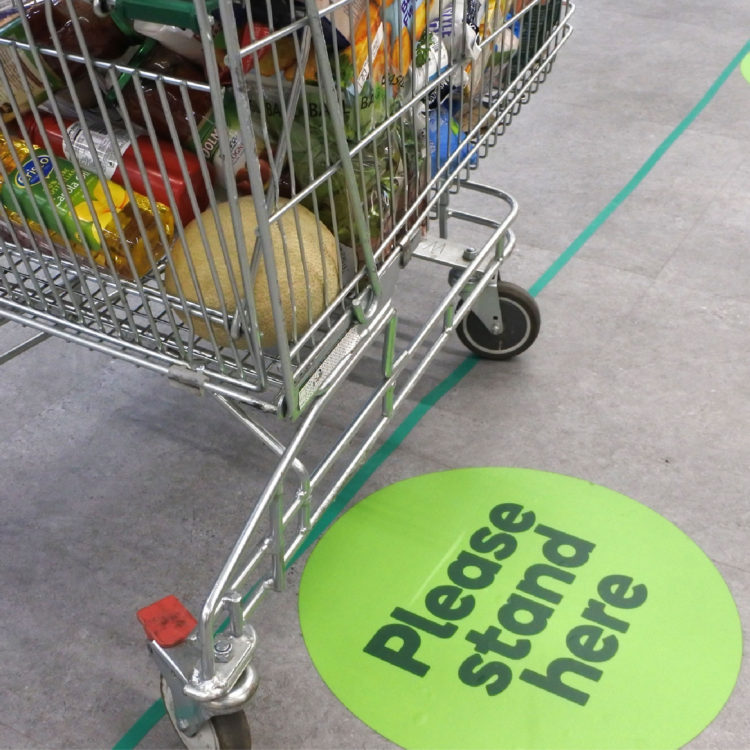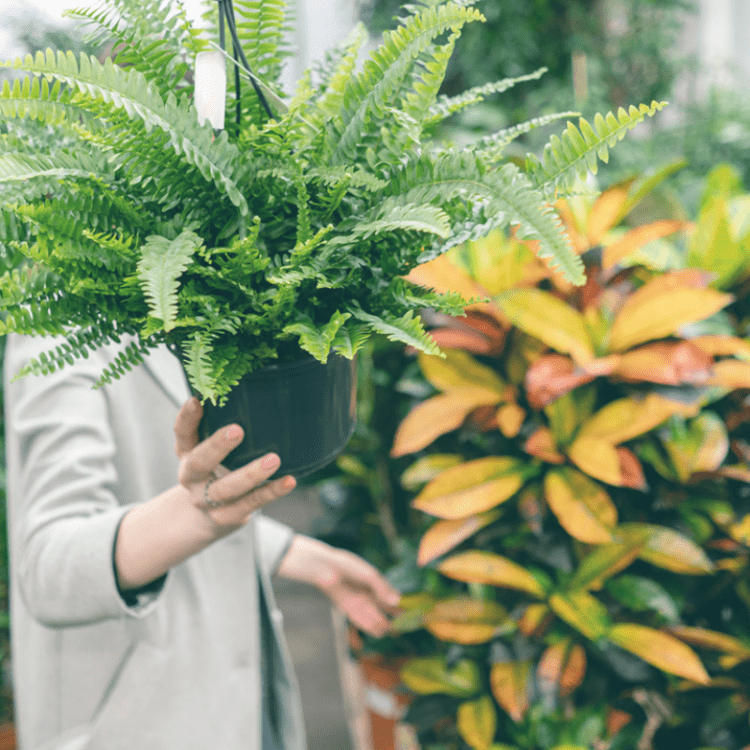10 Lessons Retailers Can Take From the Garden
Have you ever realized that a garden is like nature’s Harvard Business School? Indeed, gardeners and business experts have been able to take the following retail ideas from their fruits and vegetables.
1. Reap What You Sow
Whether you’re talking about a garden or a store, you get out what you put in. Before starting, extensively study the plants you’ll grow or the market you’ll cater to. Learn all you can about possible problems — droughts or debts, for instance — so you’ll know how to overcome them.
2. Good Soil for a Beautiful Bloom
Gardens and shops need environments where they can grow sturdy roots. Thus, your choice of location is a make-or-break decision.
Fortunately, you can always improve your soil. For gardeners, that means spreading mulch and fertilizer. For businesses, it can involve strategic partnerships with other companies.
3. Tender Care
Just as gardens need tending, stores require love and support. Your employees should be diligent about cleaning and organizing your interiors lest they start looking like a jumble.
For the best tending, carefully hire and train your staff members. Also, make sure their workdays are as free from distractions as possible so they can devote their full attention to their duties.
4. Expect Wonder
Expectations often prepare the way for reality. If you truly believe that you’ll have a thriving garden or business, you’ll likely work harder, develop effective contingency plans, and see your plants or sales prosper. As Henry David Thoreau put it, “Convince me that you have a seed there, and I am prepared to expect wonders.”
5. Pick a Few and Watch Them Grow
So often, the healthiest gardens are those with only a few types of plants. By limiting what you grow or sell, your space becomes easier to manage, more orderly and more attractive. A multitude of plants or products demands a great deal of extra labor and time.
6. Welcome the Bees
Attracted to flowers, bees spread nourishing pollen all around. Customers are the bees of the retail world. They’re drawn to stores with appealing window displays, engaging signs and uncluttered interiors. And if they’re pleased by a retail experience, they’ll be all abuzz about it on social media and in conversations with friends.
7. Stability
Plants need stable stems to reach upward. If they lack such support — think of tomato plants — gardeners use stakes to hold them in place. Similarly, products require a durable and multi-functional display to garner attention.
8. Weeds: Know How to Spot Them
Every garden has weeds, and every store has weak spots. The trick is to recognize them and get rid of them immediately. It’s an ongoing project.
In a shop, unimpressive displays and wasted spaces lower sales. If you find that merchandise isn’t really selling in a certain section, reconfigure it. Try to make it more like the areas where products fly off the shelves.
9. Know Your Stuff
You should know which products to place near one another. For example, grouping related items can boost sales. People intending to buy one thing might, on the spur of the moment, also buy another. Plus, a store with a balanced layout is convenient, which shoppers appreciate.
Likewise, in a garden, some plants will develop a healthy symbiotic relationship while others will just choke one another out.
10. Have the Right Tools
Gardeners and businesspeople are only as good as their tools. Before heading to your yard, you’d grab a shovel, watering can and other implements. Likewise, before opening a shop, it’s crucial to stock up on high-quality shelves, displays, and signs.
With these points in mind, the next time you’re out cultivating your garden, you might cultivate some new business strategies at the same time.















